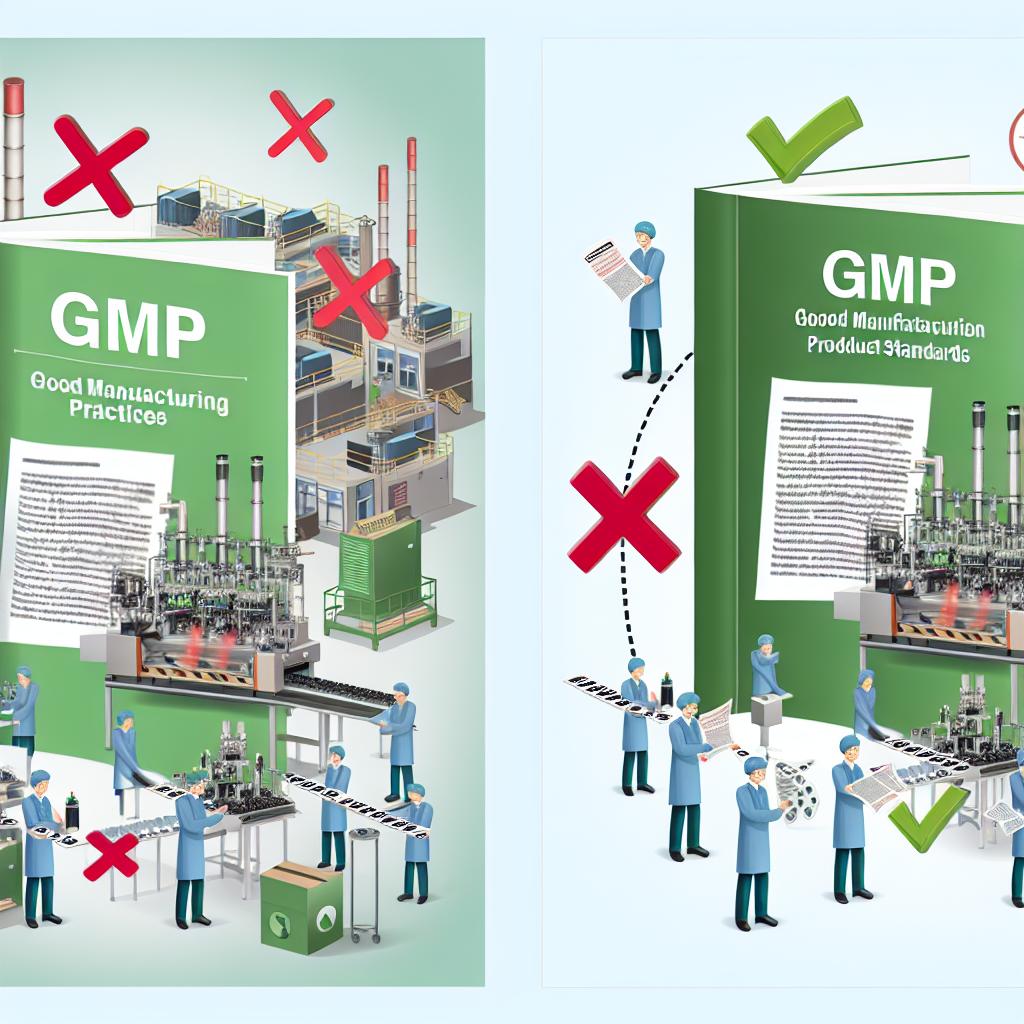Understanding Good Manufacturing Practices (GMP)
Good Manufacturing Practices (GMP) are an essential set of guidelines that aim to ensure products are consistently produced and controlled for quality. These practices are vital in industries such as pharmaceuticals, food, and cosmetics, where safety and product efficacy are of utmost importance. GMP encompasses various stages of production, from the raw materials and equipment used to staff hygiene and training.
The Importance of GMP in Maintaining Product Standards
The fundamental objective of GMP is to protect consumers from potential harm. This is achieved by ensuring the products released into the market are not only safe but also meet the required quality standards. Adhering to GMP facilitates the control of risks associated with production and laboratory processes, which is critical in safeguarding consumer health. Moreover, compliance with GMP helps businesses avoid significant issues with regulatory authorities, such as product recalls, warnings, and even potential seizures.
Key Components of GMP
GMP implementation requires attention to several critical components that collectively ensure the robustness of manufacturing processes. Here are the primary components involved:
1. Personnel: It is imperative that all personnel involved in the manufacturing process receive comprehensive training, covering aspects such as hygiene, health, and the standard operating procedures pertinent to their roles. Without trained staff, maintaining the quality and safety of products becomes increasingly difficult.
2. Facilities and Equipment: The design of manufacturing facilities plays a crucial role in preventing contamination. Facilities must adhere to rigorous design standards to ensure cleanliness and efficiency. Equipment, on the other hand, must undergo regular maintenance and calibration to function optimally and uphold product quality.
3. Documentation: Meticulous documentation and record-keeping are essential to GMP. They provide traceability and accountability for every step of the production and quality control process. Detailed documentation includes records of raw materials, processes, and testing, thus ensuring any issues can be tracked and rectified.
4. Process Control: Controlling and validating each step of the manufacturing process is a requirement. This control ensures consistency in product quality, where processes are monitored and adjusted as needed to meet quality specifications.
5. Quality Control: Routine testing and validation are indispensable for identifying any defects and ensuring the final product complies with the required specifications. Quality control acts as a checkpoint, affirming that the products meet both safety and quality standards.
Regulatory Authority and GMP
Globally, various regulatory bodies are responsible for overseeing GMP compliance. Notable among these are the U.S. Food and Drug Administration (FDA) and the European Medicines Agency (EMA). Each authority establishes its unique set of GMP guidelines and standards that companies must adhere to. For businesses targeting international markets, complying with these regulations across multiple jurisdictions presents a considerable challenge. However, meeting these diverse standards is a crucial component of a robust global business strategy.
Challenges in Implementing GMP
While GMP is essential for ensuring product quality assurance, its implementation is not without challenges. Smaller manufacturers, in particular, may find it difficult to bear the substantial costs involved. Updating equipment and facilities to meet GMP requirements can require significant financial investment. Additionally, the comprehensive documentation process can be time-consuming and resource-intensive.
Nevertheless, the benefits of investing in GMP compliance outweigh these challenges. Not only does it align businesses with regulatory requirements, but it also enhances the company’s reputation, building consumer trust. Manufacturers may consider seeking government grants or subsidies as potential alleviations of the financial burden associated with the integration of GMP protocols.
In conclusion, the role of GMP in setting and maintaining product standards is irrefutable. By ensuring consumer safety and maintaining product quality, GMP provides a solid foundation for manufacturers to build consumer trust and achieve long-term success. For more in-depth information about GMP compliance, regulatory guidelines, and best practices, referring to official sites of authorities such as the FDA or the EMA is recommended.

